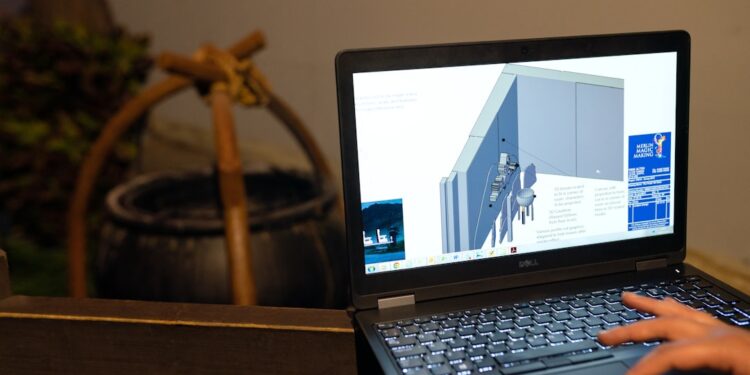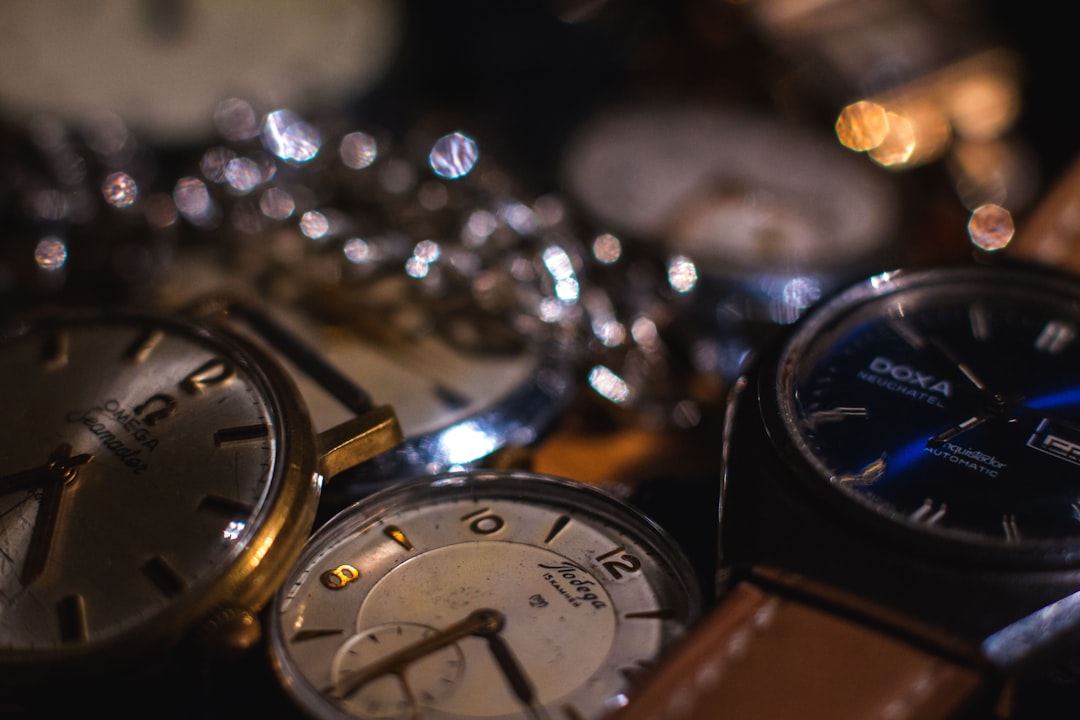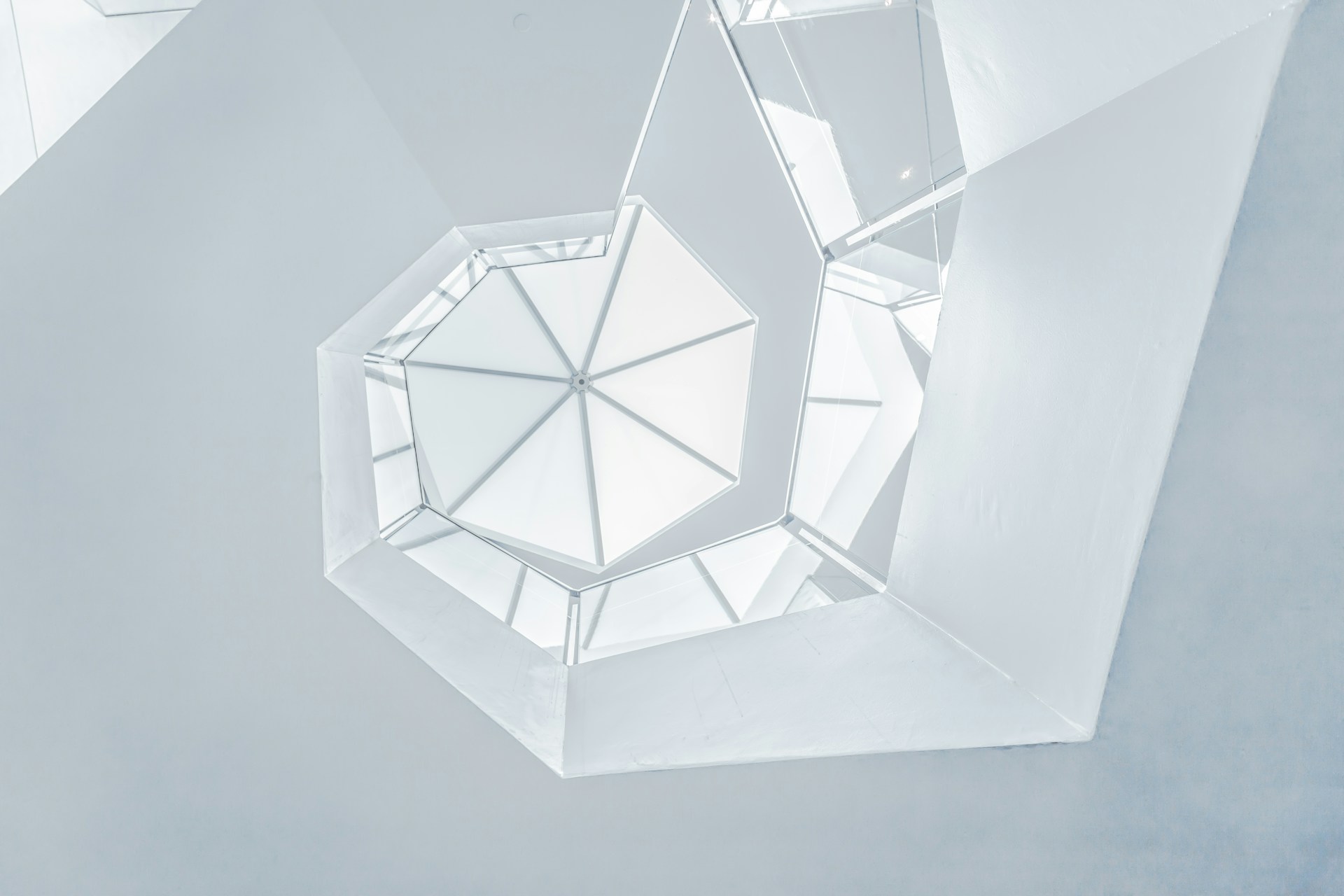Art and engineering may seem like two completely different disciplines, but the truth is that they often intersect in surprising and innovative ways. These two fields may appear to be unrelated on the surface, but when they come together, amazing things can happen. In this blog post, we will explore the intersection of art and engineering and how they collaborate to create beautiful and functional works that inspire and amaze.
Art and engineering have a long history of collaboration, dating back to ancient civilizations. The great pyramids of Egypt, for example, were not only architectural wonders but also artistic masterpieces. The intricate carvings and hieroglyphics that adorn these massive structures were not just decorative, but also served a functional purpose in telling stories and preserving history.
Fast forward to modern times, and we can see the continued collaboration between art and engineering in various forms. One example is the field of product design, where engineers work closely with artists to create products that are not only functional but also aesthetically pleasing. From sleek smartphones to futuristic cars, these collaborations result in innovative designs that push the boundaries of what is possible.
Another example of the intersection of art and engineering is in the field of architecture. Architects are often considered to be both artists and engineers, as they must balance aesthetic considerations with structural integrity. Buildings like the Sydney Opera House and the Guggenheim Museum are famous examples of architectural marvels that blur the line between art and engineering.
One of the most exciting developments in the intersection of art and engineering is the rise of digital art. Artists are now using cutting-edge technology to create immersive and interactive works that push the boundaries of traditional art forms. From virtual reality experiences to 3D printing, these collaborations are opening up new possibilities for artistic expression.
One of the key benefits of the collaboration between art and engineering is the ability to solve complex problems in creative ways. Engineers are trained to think logically and analytically, while artists bring a fresh perspective and a willingness to take risks. When these two disciplines come together, they can create solutions that are both innovative and beautiful.
For example, in the field of sustainable design, engineers and artists are working together to create eco-friendly buildings and products that are not only functional but also aesthetically pleasing. By combining their expertise, they can create solutions that are both practical and visually appealing, helping to address pressing environmental challenges.
In conclusion, the intersection of art and engineering is a rich and fertile ground for creativity and innovation. When these two disciplines come together, they can create works that inspire, challenge, and amaze. Whether it is in the field of product design, architecture, or digital art, the collaboration between art and engineering is pushing the boundaries of what is possible and shaping the future of creativity. So the next time you marvel at a piece of art or a technological marvel, remember that it may be the result of a collaboration between artists and engineers.














